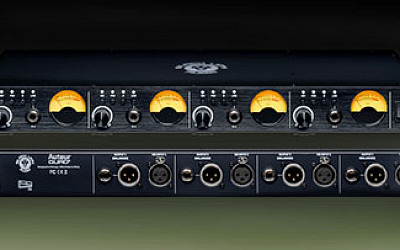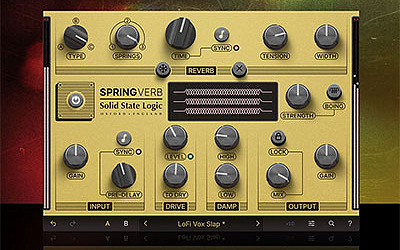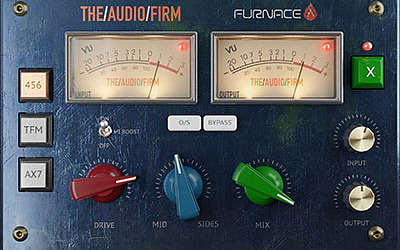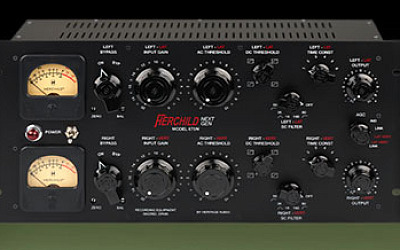Unfiltered Audio’s Zip plug-in reckons to ‘break the compressor/expander mould to solve difficult dynamics challenges and create unique effects’.

Zip’s Analysis modes address complex dynamics challenges that lie outside the remit of traditional compressors and expanders. Additionally, its modulators are freely patchable to most of Zip’s other controls.
Zip uses six Analysis modes – Amplitude, Quietness, Brightness, Darkness, Noisiness and Tonalness – to apply compression or expansion based on signal level, frequency content or noise feeding its input. Noisiness mode can, for example, be used to compress overdriven electric guitar chords while leaving cleaner-sounding phrases on the same track untouched. Darkness mode, meanwhile, makes Zip compress lower-pitched notes on a track more heavily than higher-pitched ones while Brightness mode does the opposite, reining in high-pitched vocal choruses, for instance. The Amplitude and Quietness modes respectively trigger processing with louder or softer input signals, while the Tonalness mode reacts more strongly to signals containing stable frequencies. Together, Zip’s Analysis modes enable its sidechain detector to react selectively to a broader range of variables than traditional dynamics processors, improving its ability to tame challenging tracks. Where an external sidechain input is needed, Zip has that, too.
Zip’s four Envelope Styles – Classic, Goopy, Quick and Extreme – modify the processor’s attack and release curves. The Extreme style’s fast response is effective for aggressive processing; Classic style and multimode sidechain filters can be used to enhance low-end punch and weight on mixes and masters; and Goopy adds ‘vintage glue’ to individual tracks and full mixes. All Envelope Styles can use peak or RMS detection, with or without lookahead detection, along with manual settings for attack and release.
Of Zip’s eight internal modulators – as well as a patch to an external Roli Lightpad controller – six can be used at once on most controls. Each modulator can be drag-and-dropped to multiple destinations for rhythmic effects synchronised to the tempo of the host DAW. Routing the square wave LFO to the expander’s threshold control creates a pulsing gate. Patching the sawtooth LFO to the compressor’s ratio creates a big room EDM-style ducking effect synchronised to the song beat. Other internal modulators include sine wave LFO, Step Sequencer, Input Follower, Macro Control, Sample and Hold Noise, and a Gain Reduction that responds inversely to compression.
Zip’s continuously variable Color control provides post-dynamics processing in seven modes, respectively offering phase-modulated distortion, soft saturation, bitcrushing, and four two-pole filters (two of which feature cut-offs modulated by Zip’s Analysis modes). When patched to Zip’s LFOs, the Color knob offers tempo-synched filter sweeps and pulsing distortion.
Zip is available as an AAX AudioSuite, AAX Native, AU, VST2 and VST3-supporting plug-in for Mac OS-X (10.8 through 10.12), Windows (7 through 10) and Pro Tools 10.3.10 (or higher).



